Pose reference drawing is an essential skill for artists of all levels. Whether you’re a beginner or an experienced artist, using pose references can help enhance your drawing skills and bring your artwork to life. In this article, we will explore the world of pose reference drawing, including how to build a reference library, tools and websites to use, diverse pose categories, and legal considerations to keep in mind.

Understanding pose references is the first step to improving your drawing skills. Pose references can help you accurately capture the human form and create dynamic compositions. By studying poses and their nuances, artists can improve their understanding of anatomy, proportions, and movement. Building a reference library of pose images, whether it be through physical books or digital resources, is crucial for artists looking to practice and improve their skills.
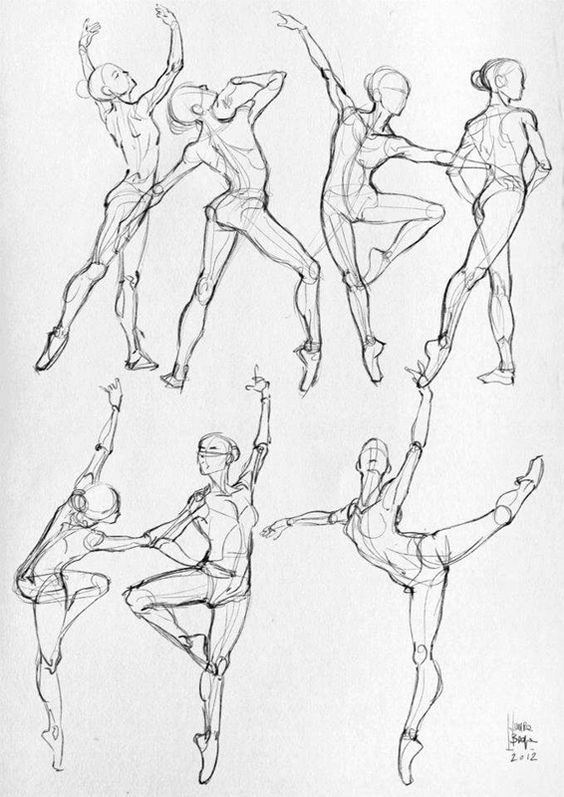
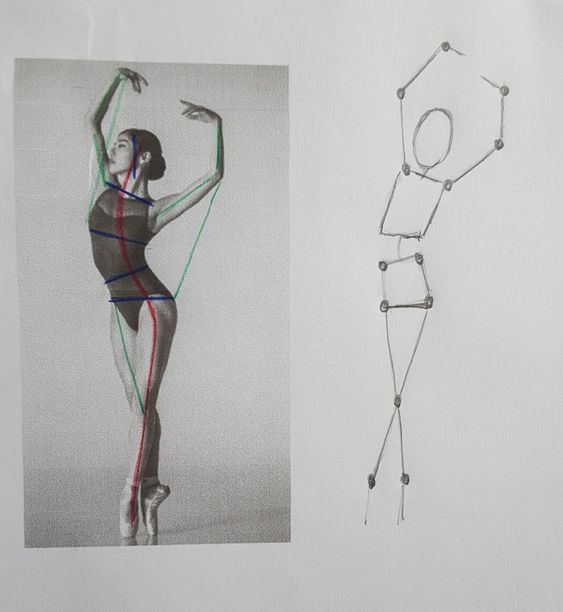
Practicing with pose references is also essential to improving your art. By studying and replicating poses, artists can develop their own unique style and improve their ability to draw from imagination. Additionally, using diverse pose categories, such as action poses, facial expressions, and different body types, can help artists expand their skills and create more inclusive and diverse artwork. With the right tools and resources, pose reference drawing can be a valuable tool for artists looking to enhance their skills and create captivating artwork.
Key Takeaways
- Building a reference library of pose images is crucial for artists looking to improve their skills.
- Practicing with pose references can help artists develop their own unique style and improve their ability to draw from imagination.
- Using diverse pose categories can help artists expand their skills and create more inclusive and diverse artwork.
Understanding Pose References

Importance of Pose References
In the world of art, references are essential for creating realistic and accurate drawings. Pose references, in particular, are important because they help artists understand how the human body moves and how it interacts with the environment. By using pose references, artists can create more dynamic and lifelike drawings.
Types of Pose References
There are different types of pose references that artists can use. One common type is photographs of models or real people in different poses.
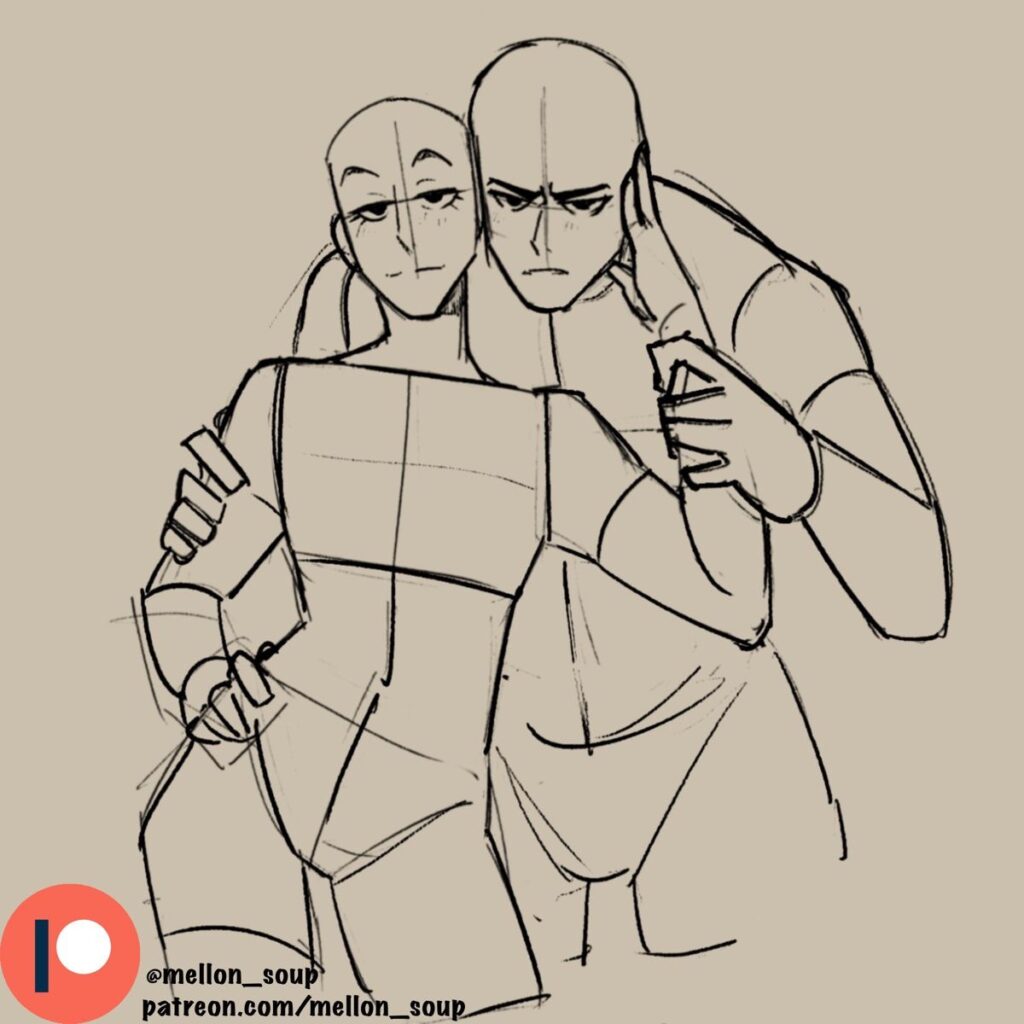
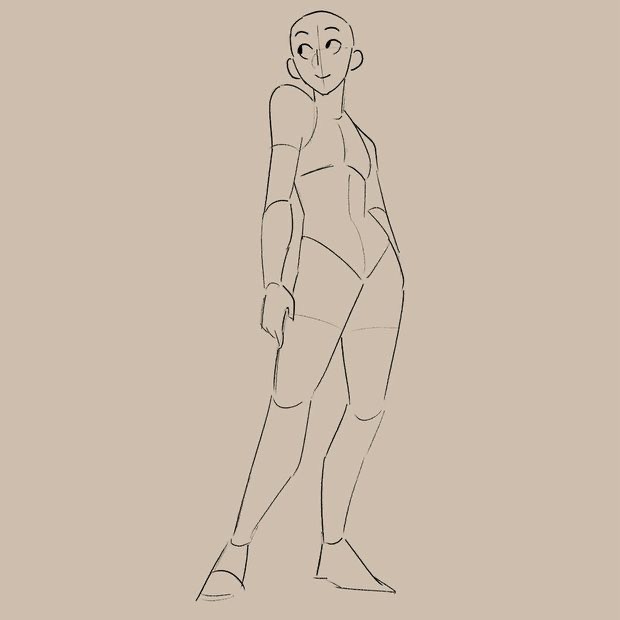
These can be found online or in books and magazines. Another type is 3D models that artists can manipulate to create the desired pose. These can be found in various software programs or purchased online.
Copyrighted vs Royalty-Free References
When using pose references, it’s important to consider whether they are copyrighted or royalty-free. Copyrighted references are protected by law, and artists must obtain permission from the owner before using them. Royalty-free references, on the other hand, can be used without permission, but artists may need to pay a fee to access them.
It’s important for artists to be aware of copyright laws when using pose references. Using copyrighted references without permission can result in legal consequences. However, there are many royalty-free references available that artists can use without worry.
In conclusion, pose references are an essential tool for artists looking to create realistic and accurate drawings. By understanding the different types of references available and being aware of copyright laws, artists can use pose references with confidence and create stunning works of art.
Building a Reference Library

When it comes to improving one’s drawing skills, having a reference library of poses can be extremely helpful. A pose reference library is a collection of images or resources that artists can use as a reference when drawing figures in different positions. Here are some tips on how to build a reference library.
Creating Your Own Library
One way to create a reference library is to take photos of yourself or others in various poses.

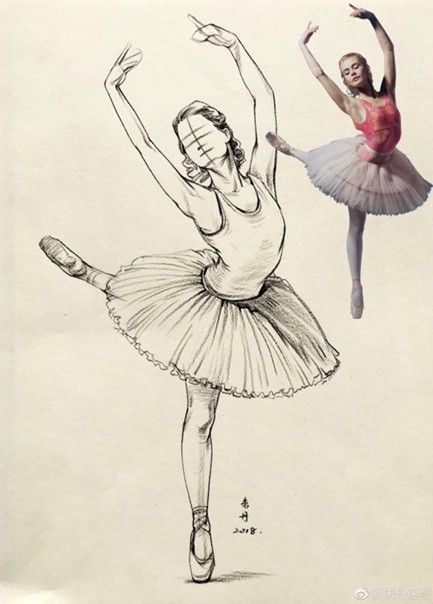
This can be done using a camera or smartphone. It’s important to take photos from different angles and in different lighting conditions to get a variety of poses. These photos can then be printed out or saved digitally for future use.


Another way to create a reference library is to sketch from life. Artists can attend life drawing sessions or sketch people in public places to create their own collection of poses. This method allows artists to observe and capture unique poses that may not be found in online resources.
Utilizing Online Resources
There are many online resources available for artists to use when building a reference library. Websites like Pinterest, DeviantArt, and Instagram have a plethora of pose references that artists can save and organize into their own digital libraries. Additionally, there are websites and apps specifically designed for pose references, such as Posemaniacs and Skelly, which offer 3D models of the human body in different poses.
It’s important to keep in mind that while online resources can be a great starting point, they should not be relied upon solely. It’s important to have a variety of references from different sources to avoid repetition and to challenge oneself as an artist.
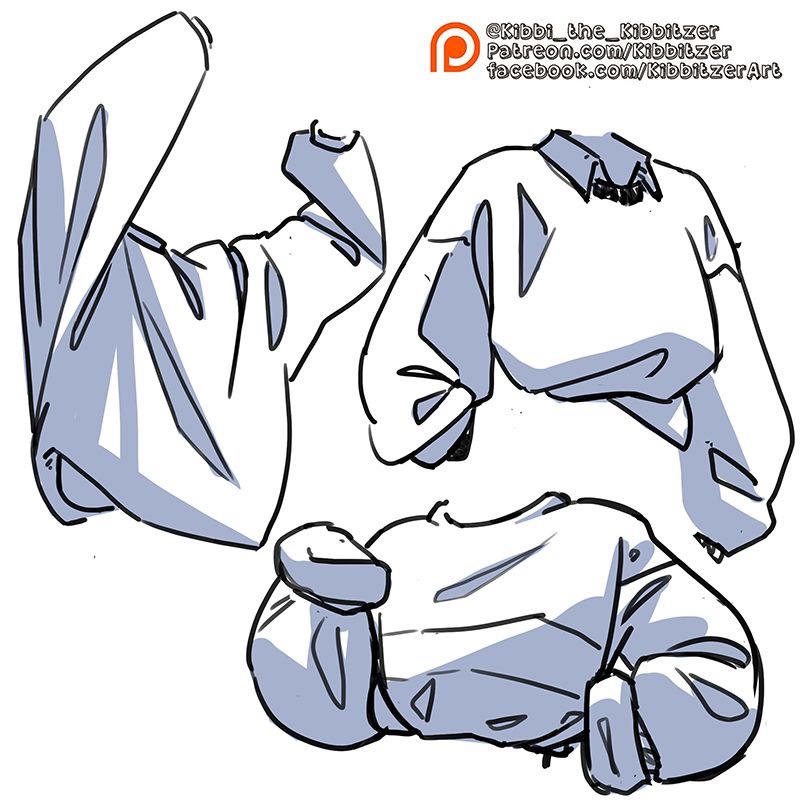
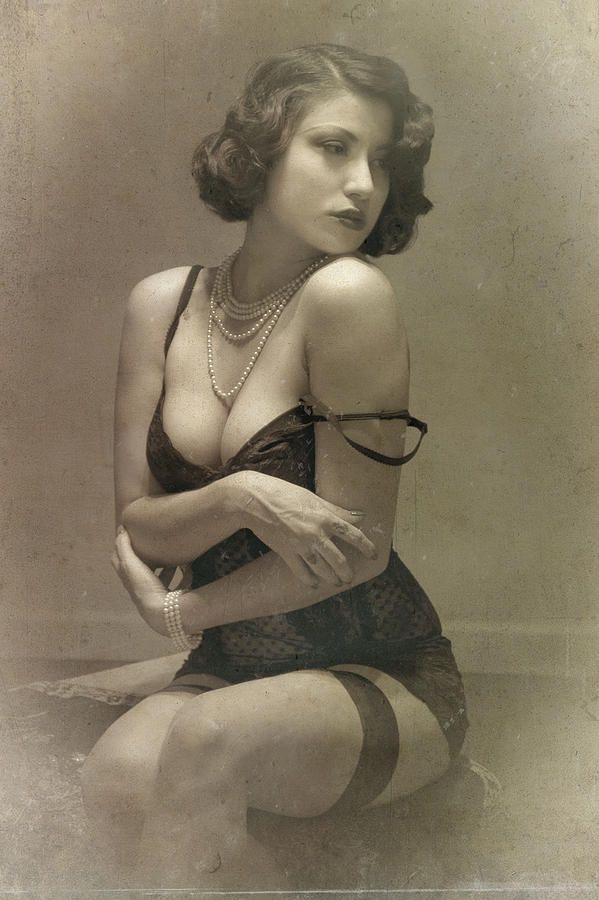
In conclusion, building a reference library is an essential part of an artist’s growth. By creating their own library and utilizing online resources, artists can have a vast collection of poses to reference when drawing figures in different positions.
Pose Reference Tools and Websites

When it comes to drawing, having a good pose reference can make all the difference. Fortunately, there are many tools and websites available that can help artists find the perfect pose for their needs.
Popular Pose Reference Websites
One of the most popular pose reference websites is Line of Action. This site offers a wide variety of poses, from simple standing poses to complex action poses. Users can filter poses by length of time, body part, and even by the gender of the model. Another popular website is Quickposes, which offers timed drawing exercises to help artists improve their skills.
For those looking for a more artistic approach, PoseMy.Art offers a range of stylized poses that can be used as a reference for character design and illustration. And for those who prefer a more realistic approach, AdorkaStock offers a wide variety of high-quality reference photos featuring models in a range of poses.
Using Apps for Dynamic References
In addition to websites, there are also several apps available that can provide dynamic pose references. One popular app is SketchDaily, which offers a new pose every day for artists to practice. Another app, Pose Tool 3D, allows users to pose a 3D model and adjust the lighting and camera angle to get the perfect shot.
Overall, whether an artist is looking for a realistic reference photo or a dynamic 3D model, there are plenty of tools and websites available to help them find the perfect pose for their needs.
Practicing with Pose References

When it comes to improving one’s skills in figure drawing, practicing with pose references is an essential technique that can help artists develop their gesture drawing abilities. Gesture drawing is a technique that involves capturing the essence of a pose or movement in a quick and loose sketch. Here are some tips on how to practice with pose references effectively.
Gesture Drawing Techniques
One of the most important aspects of gesture drawing is capturing the movement and flow of the pose. To do this, artists should focus on drawing the basic shapes and lines of the figure quickly and loosely, without worrying about details. This technique helps artists to develop a sense of proportion and balance, which is essential for creating realistic figures.

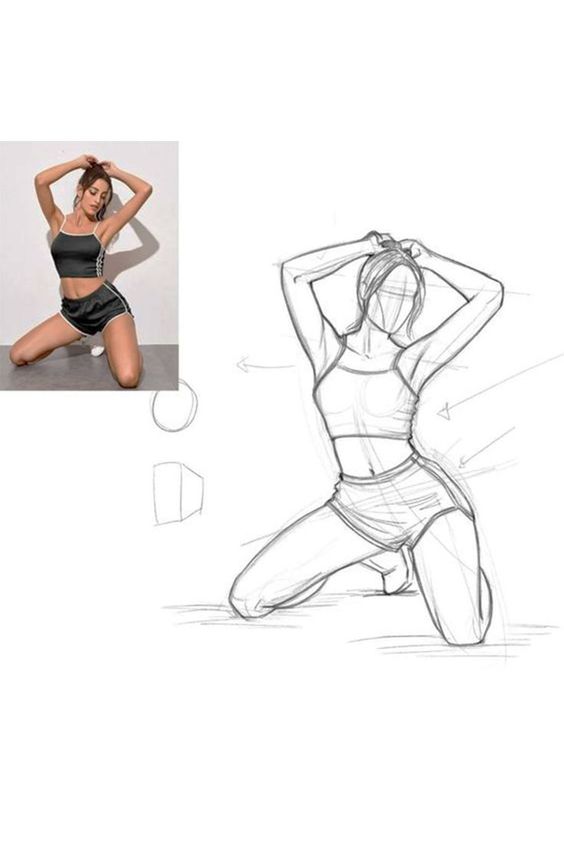
Another important technique for gesture drawing is to use a variety of line weights and strokes to create depth and texture. For example, using thicker lines to indicate the weight-bearing foot or hand can help to convey the weight and balance of the pose.
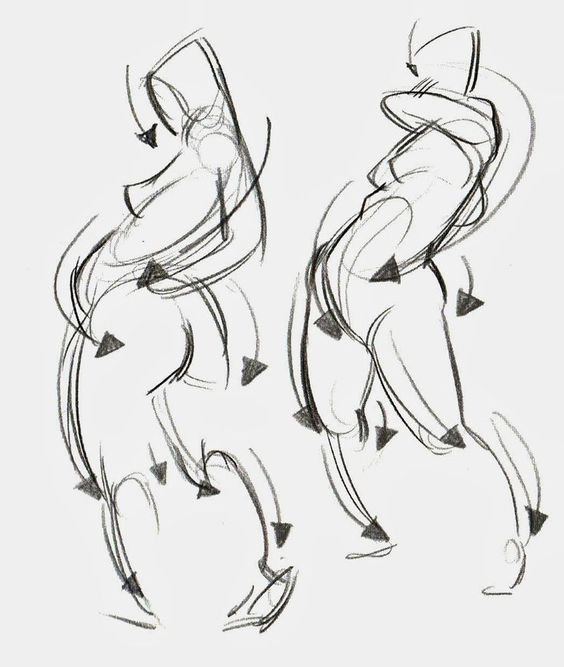
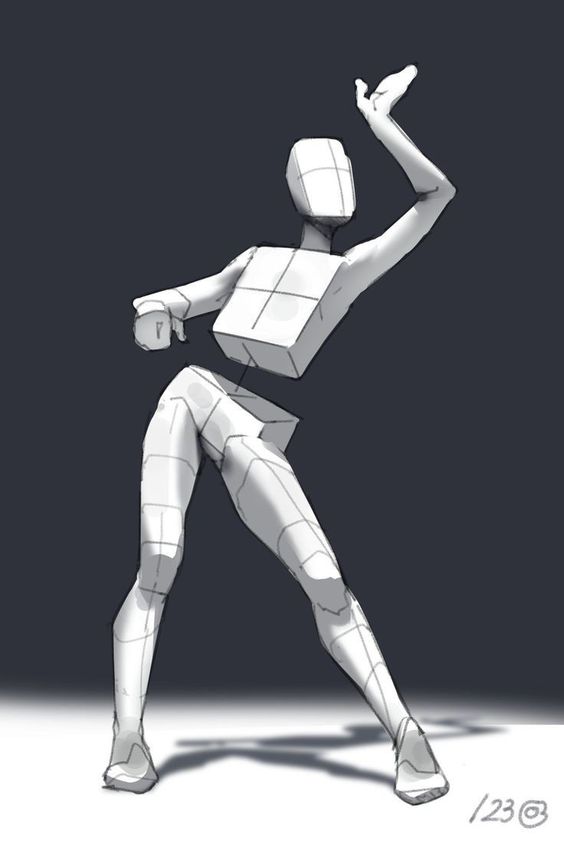
Timed Practice Sessions
To improve their gesture drawing skills, artists should practice with timed sessions. This involves setting a timer for a certain amount of time, such as 30 seconds or 1 minute, and then drawing as many poses as possible within that time frame. This technique helps artists to work quickly and efficiently, and to focus on capturing the essence of the pose rather than getting bogged down in details.
Incorporating Feedback
Finally, artists should incorporate feedback into their practice sessions. This can involve working with a mentor or teacher who can provide guidance and critique, or simply sharing their work with other artists for feedback. By incorporating feedback into their practice sessions, artists can identify areas for improvement and work to refine their gesture drawing skills.


In conclusion, practicing with pose references is an essential technique for artists looking to improve their figure drawing skills. By focusing on gesture drawing techniques, using timed practice sessions, and incorporating feedback, artists can develop their ability to capture the essence of a pose and create dynamic and realistic figures.
Diverse Pose Categories
When it comes to reference drawing, understanding the different pose categories is essential. It can help artists create a more diverse range of drawings and improve their overall skills. Here are two of the most common pose categories:
Character and Model Poses
Character and model poses are ideal for artists who want to create drawings of people in different positions. This category includes poses such as standing, sitting, and lying down. It also includes more complex poses such as dancing, jumping, and running.

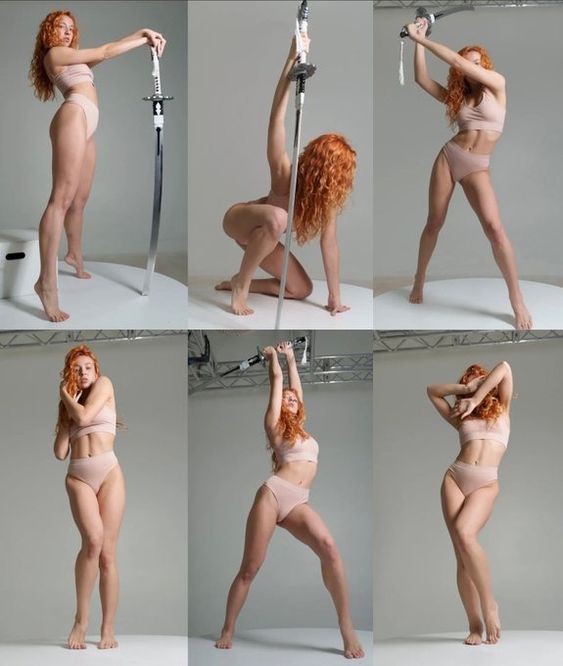
To create realistic character and model poses, artists should focus on things like body proportions, balance, and weight distribution. They should also consider the character’s personality and emotions to create more dynamic and expressive poses.
Landscape and Urban Scenes
Landscape and urban scenes are perfect for artists who want to create drawings of outdoor scenes. This category includes poses such as mountains, forests, and cityscapes. It also includes more specific poses such as street scenes, parks, and beaches.
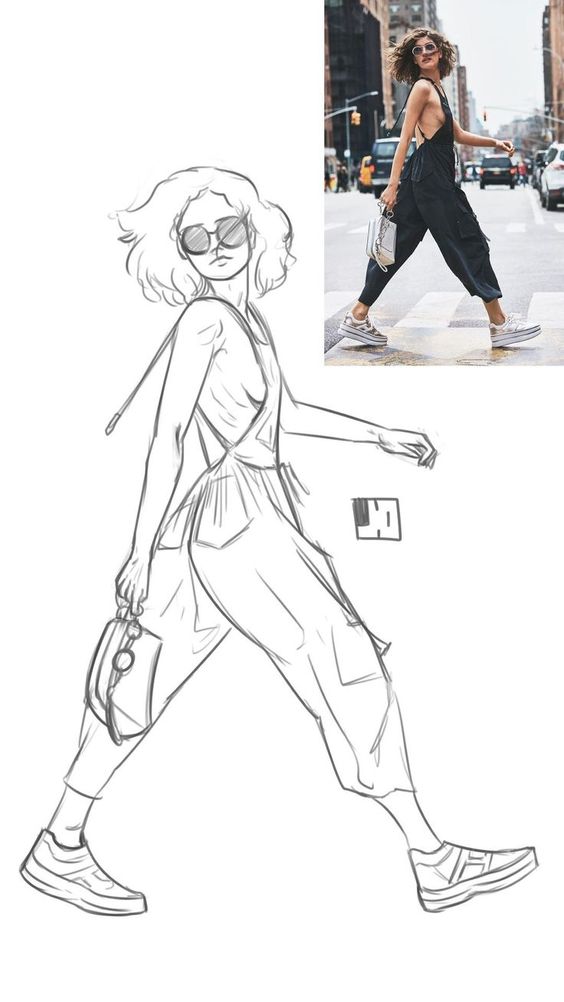

To create realistic landscape and urban poses, artists should focus on things like perspective, lighting, and texture. They should also consider the environment and weather conditions to create more immersive and believable scenes.


By understanding these diverse pose categories, artists can improve their reference drawing skills and create a wider range of drawings. Whether they are drawing characters or landscapes, these categories can help them create more realistic and dynamic poses.
Enhancing Drawing Skills

Drawing is a skill that requires practice and dedication. To improve their drawing skills, artists need to study and practice regularly. In this section, we will discuss some fundamental concepts that can help artists enhance their figure drawing skills.
Figure Drawing Fundamentals
Figure drawing is the foundation of all art forms, and it is essential for artists to have a solid understanding of the human body’s proportions and anatomy. By studying the figure, artists can create more accurate and dynamic poses that convey a sense of movement and energy.
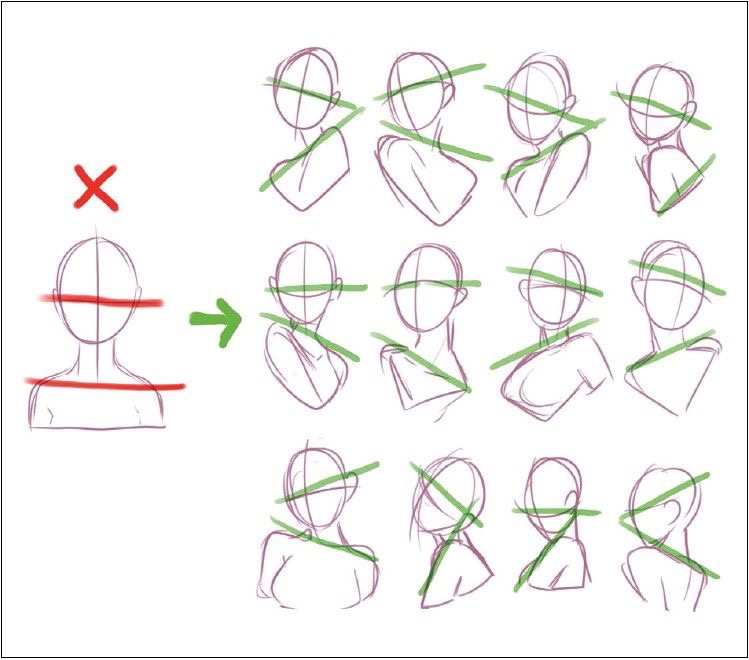
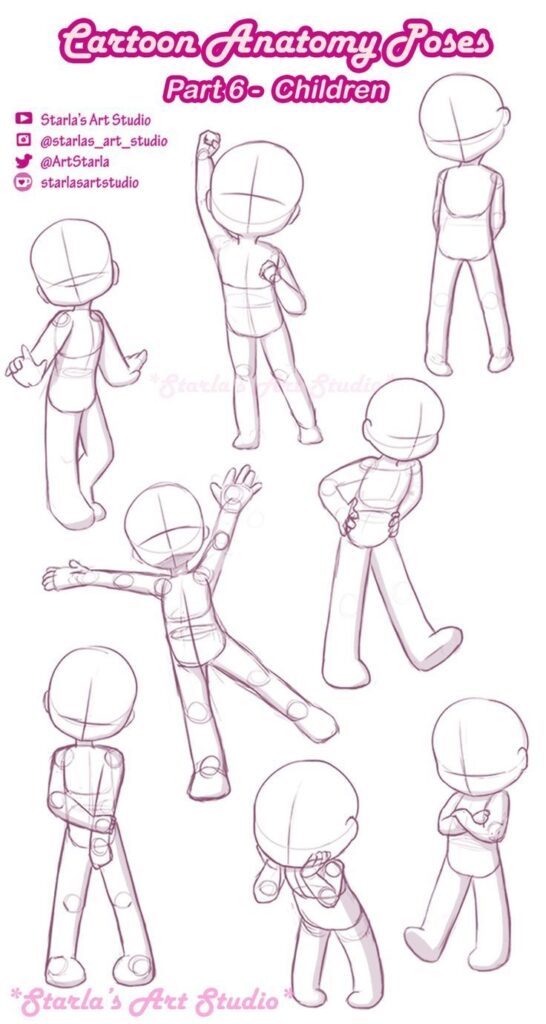
To improve their figure drawing skills, artists should focus on the following fundamentals:
-
Proportions: Understanding the basic proportions of the human body is crucial for creating realistic figures. Artists should study the proportions of the head, torso, arms, and legs and how they relate to each other.
-
Anatomy: Understanding the underlying anatomy of the human body is also essential for creating realistic figures. Artists should study the bones, muscles, and other structures that make up the body.
-
Gesture: Capturing the gesture or movement of the figure is crucial for creating dynamic poses. Artists should practice drawing quick sketches of figures in motion to develop their gesture drawing skills.
From Simple to Complex Poses
Once artists have a solid understanding of the figure drawing fundamentals, they can begin to experiment with different poses. Starting with simple poses and gradually moving to more complex ones can help artists develop their skills and confidence.

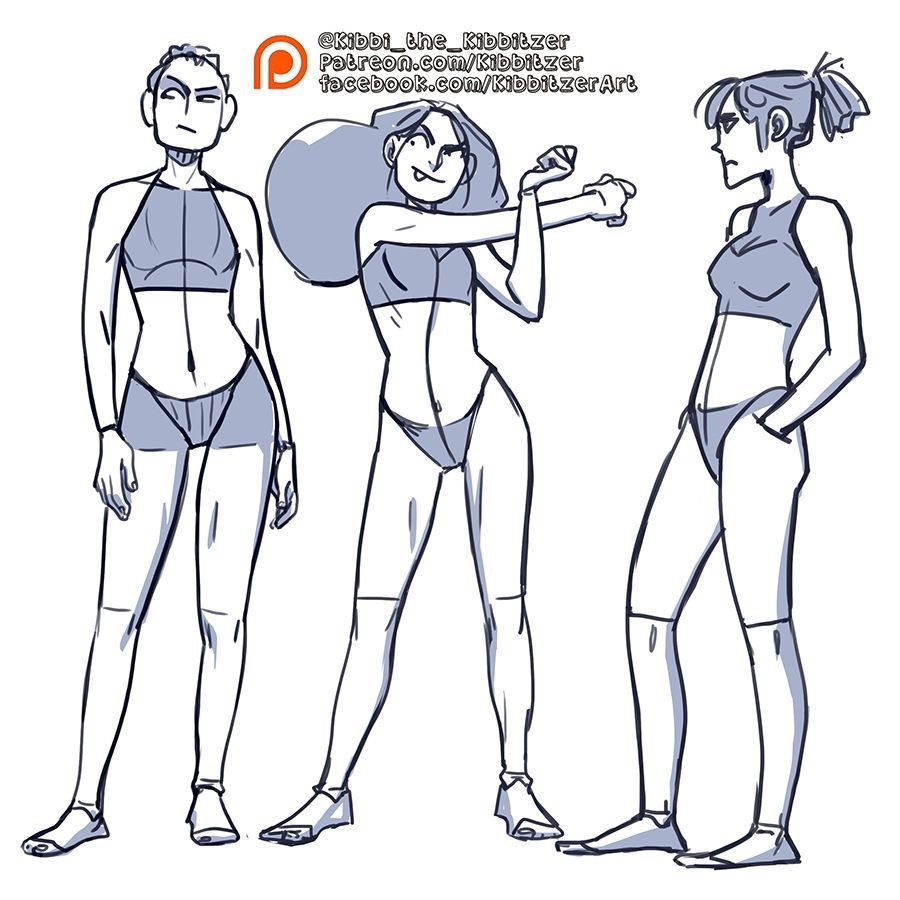
Simple poses, such as standing or sitting, are a great way to practice proportions and anatomy. As artists become more comfortable with these poses, they can move on to more dynamic and versatile poses, such as running, jumping, or dancing.
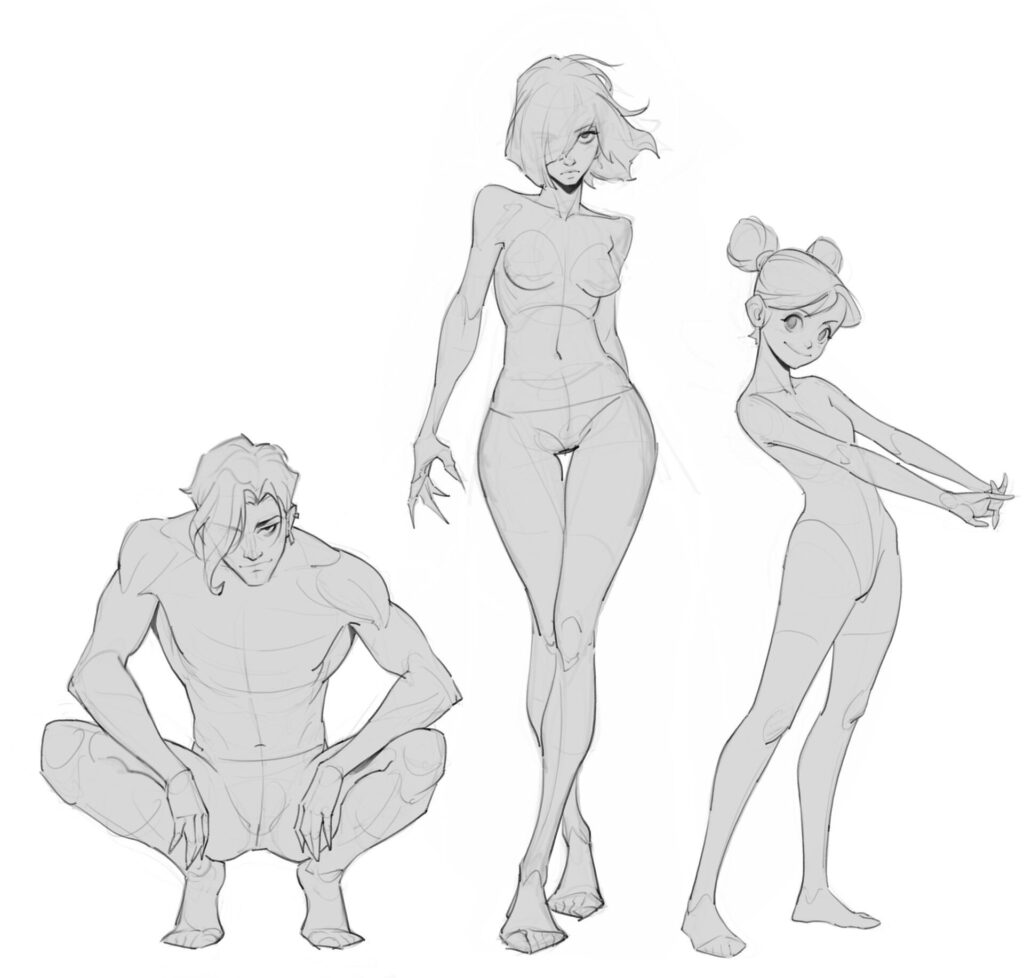

By practicing a variety of poses, artists can develop their skills and create more compelling and dynamic figures. It’s important to remember that drawing is a skill that takes time and practice to master, but with dedication and hard work, anyone can improve their drawing skills.
Resources for Artists
When it comes to practicing poses reference drawing, there are various resources available for artists to explore. In this section, we will discuss some of the most useful resources that can help artists improve their skills.
Books and Courses
There are many books and courses available that focus on figure drawing and pose reference drawing. One of the most popular online courses is the “Figure Drawing Fundamentals Course” by Proko. This course covers all the basics of figure drawing and provides students with a solid foundation to build upon.
For those looking for more in-depth training, the New Masters Academy offers a wide range of courses on figure drawing and anatomy. These courses are taught by experienced artists and cover everything from basic figure drawing to advanced techniques.
Communities and Forums
Communities and forums can be great resources for artists looking for inspiration, tips, and feedback. One of the most popular communities for artists is Reddit’s /r/ArtFundamentals. This community is dedicated to helping artists improve their skills and offers a wide range of resources and feedback.
Other popular communities include ConceptArt.org and DeviantArt. These communities offer a wide range of resources, including tutorials, forums, and galleries.
In conclusion, there are many resources available to artists looking to improve their pose reference drawing skills. Whether it’s through books, courses, or online communities, artists can find the inspiration and guidance they need to take their skills to the next level.
Legal Considerations

Understanding Copyright Laws
When using reference poses for drawing, it is important to understand copyright laws. Copyright laws protect the original creators of an image or artwork, giving them exclusive rights to reproduce, distribute, and display their work.
Using copyrighted material without permission can result in legal action, including fines and penalties. It is important to obtain permission or use reference material that is in the public domain or licensed under Creative Commons.
Ethical Use of References
In addition to legal considerations, there are ethical considerations when using reference poses for drawing. It is important to give credit to the original creator of the reference material and avoid using it in a way that could be considered exploitative or offensive.

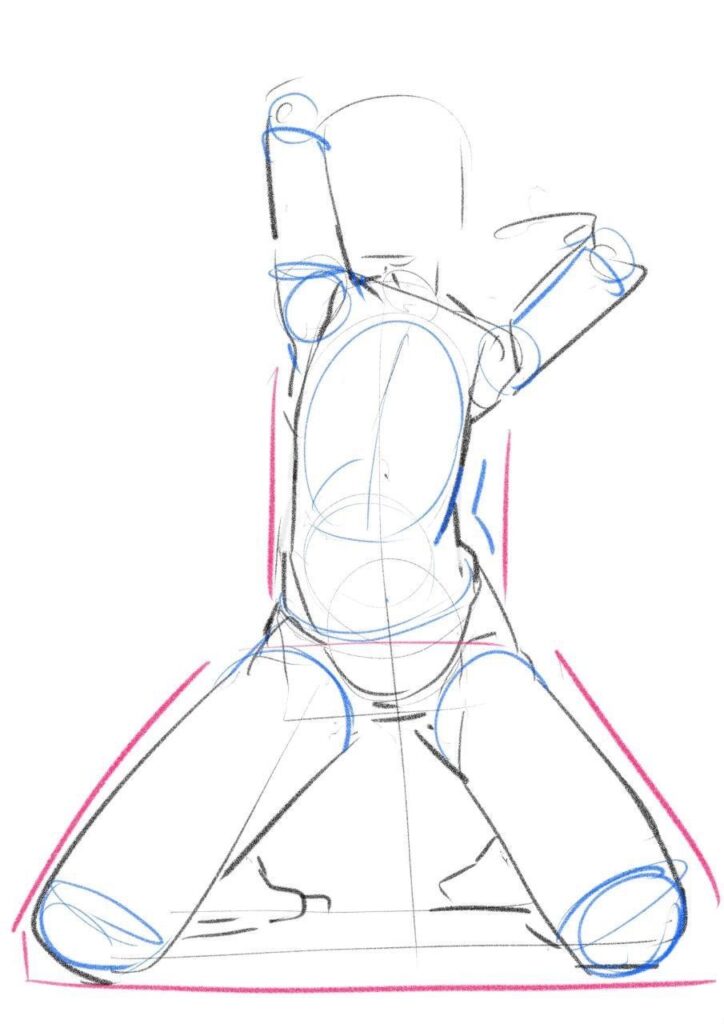
When using reference material, it is recommended to use it as a starting point for your own original work, rather than copying it directly. This not only avoids legal issues but also helps to develop your own unique style as an artist.
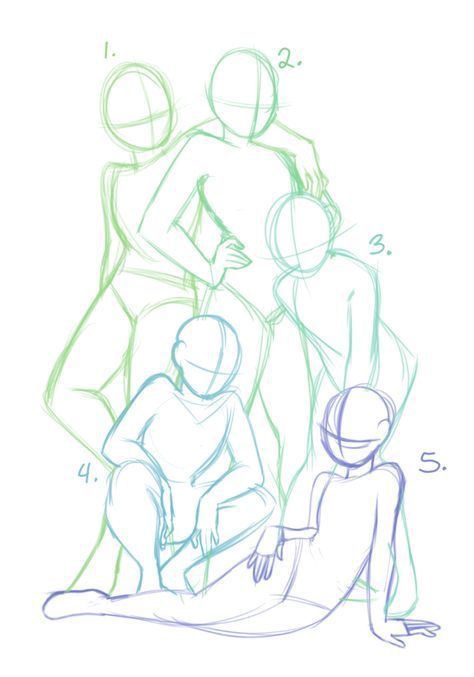
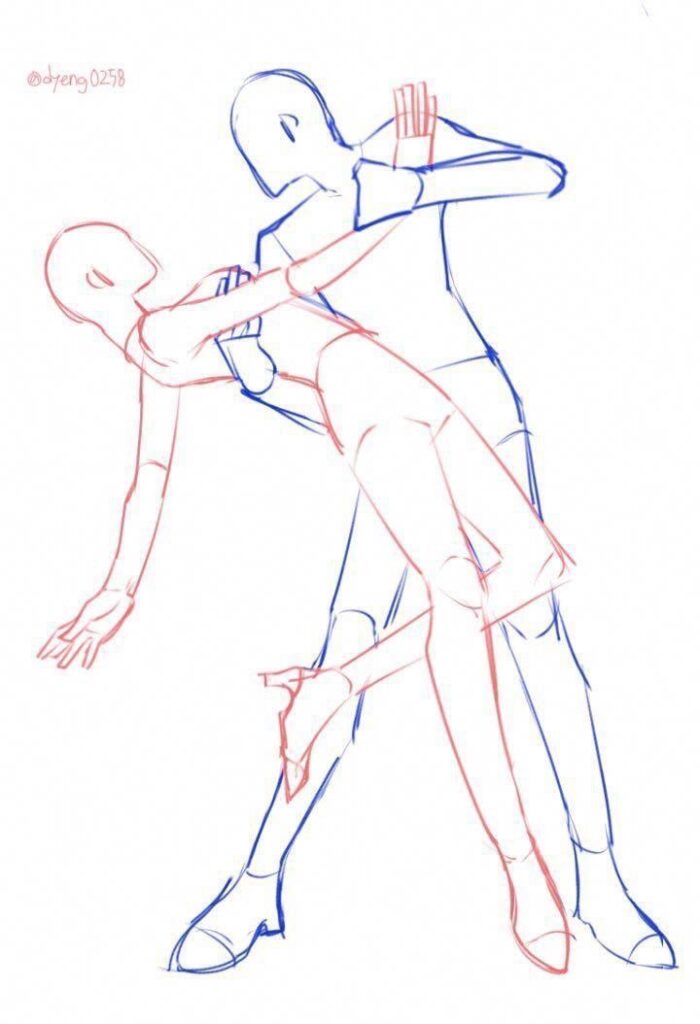
Overall, it is important to be aware of both legal and ethical considerations when using reference poses for drawing. By doing so, artists can create original work that respects the rights of others and contributes to the art community in a positive way.
Starting as a Beginner

As a beginner, the task of drawing poses from references can seem daunting. However, with the right approach and practice, it can become an enjoyable and rewarding experience. Here are some tips to get started:
Easy and Fast Drawing Exercises
It is important for beginners to start with simple and quick exercises to build their foundation. One such exercise is to draw basic shapes to represent the body parts, such as circles for the head and joints, and rectangles for the torso and limbs. This helps to understand the proportions and structure of the body.
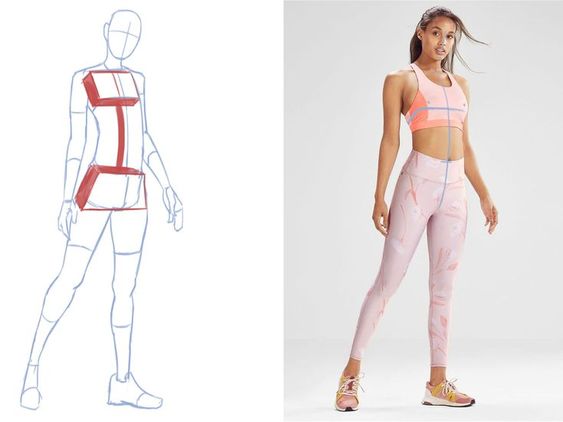

Another exercise is to draw stick figures to represent the pose. This helps to understand the gesture and movement of the pose. Once the gesture is established, it can be refined with more details.
Finding the Right References
Finding the right references is crucial for a successful pose drawing. Beginners can start with simple poses and gradually move on to more complex ones. It is important to choose references that are clear and well-lit, with visible details of the body parts.
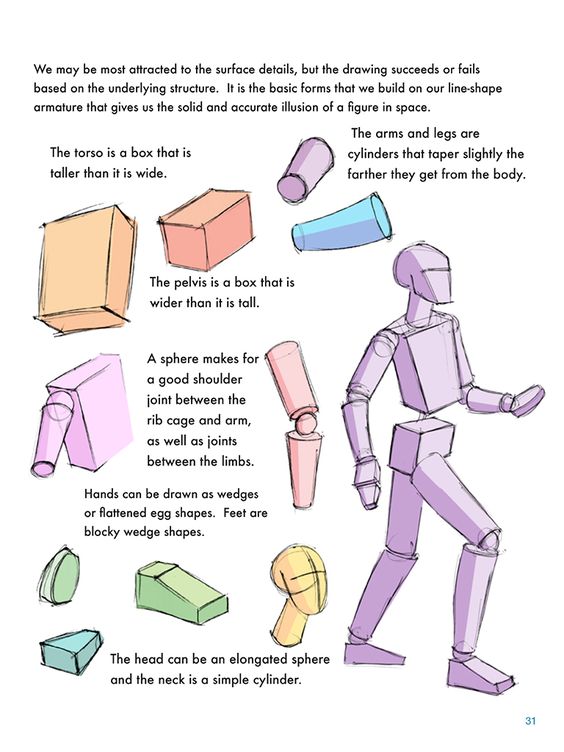
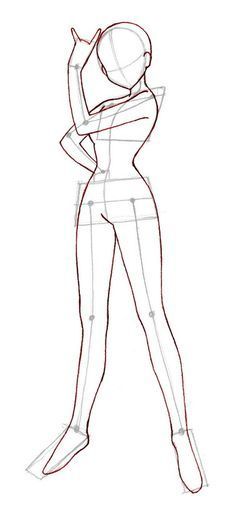
There are many online resources available for pose references, such as photo references, videos, and 3D models. It is important to choose references from reliable sources to ensure accuracy.
In conclusion, starting as a beginner in pose reference drawing can seem intimidating, but with the right approach and practice, it can be a rewarding experience. By starting with easy and fast exercises and finding the right references, beginners can build a strong foundation and improve their skills over time.
Advanced Techniques and Tips
Creating Fluid and Dynamic Artwork
To create artwork that is both fluid and dynamic, it is important to use references that capture movement and energy. Look for photographs or videos of people or animals in motion, and use these as a basis for your drawings. Pay attention to the way the body moves, the flow of the clothing or fur, and the direction of the wind or other forces.
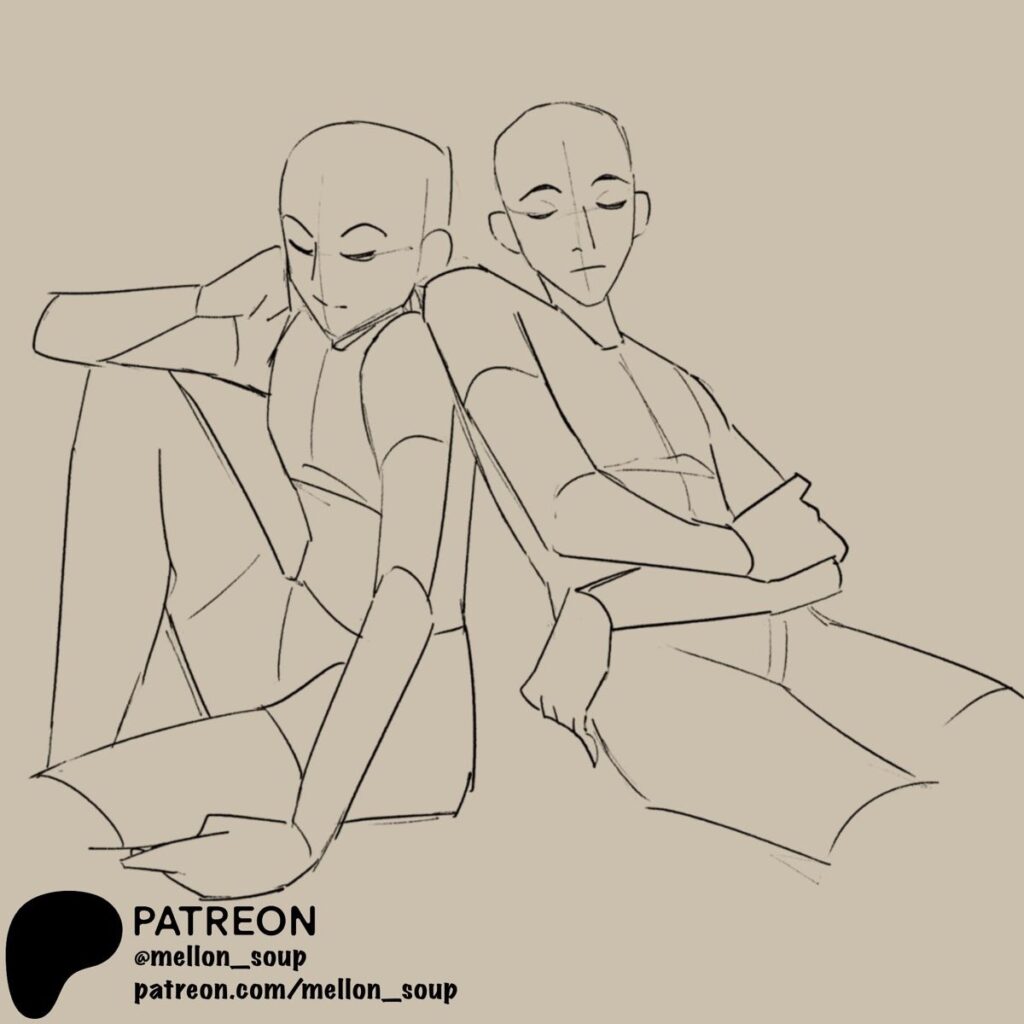
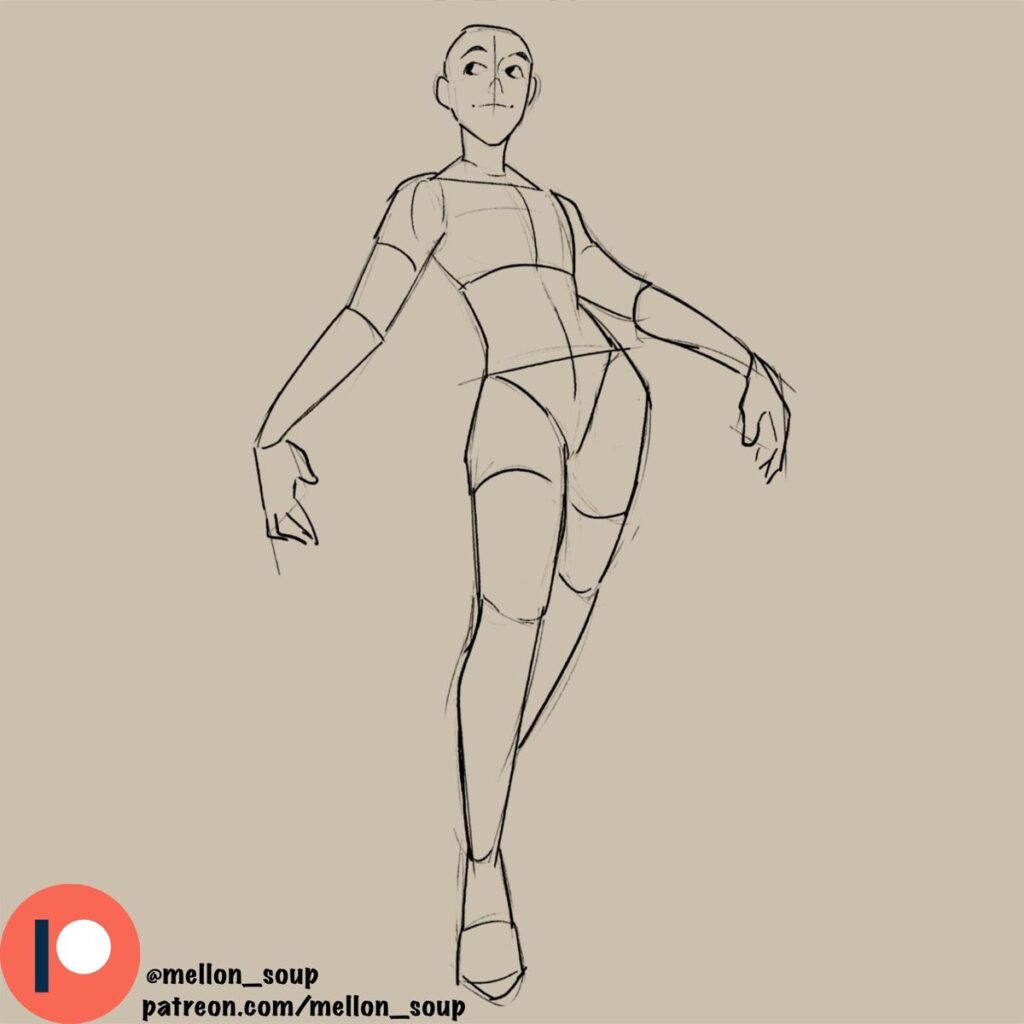
Another technique for creating fluid and dynamic artwork is to use a variety of line weights and textures. Varying the thickness and style of your lines can add depth and dimension to your drawings, making them more visually interesting and engaging.
Using Imagination with References
While references are an important tool for artists, it is also important to use your imagination and creativity when creating artwork. Don’t be afraid to deviate from the reference material and add your own unique touches to your drawings.
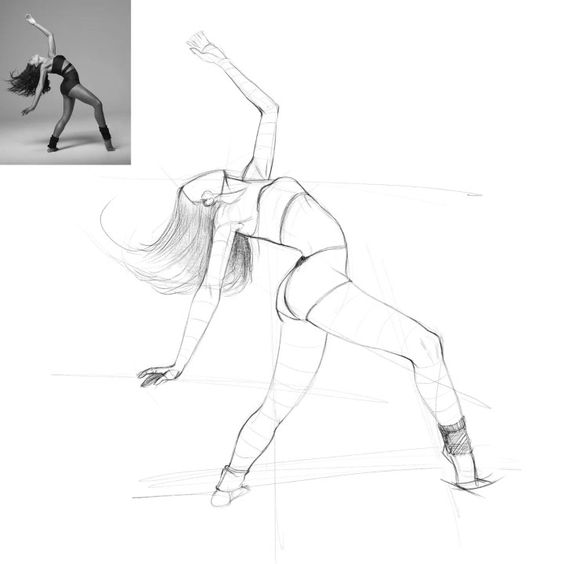
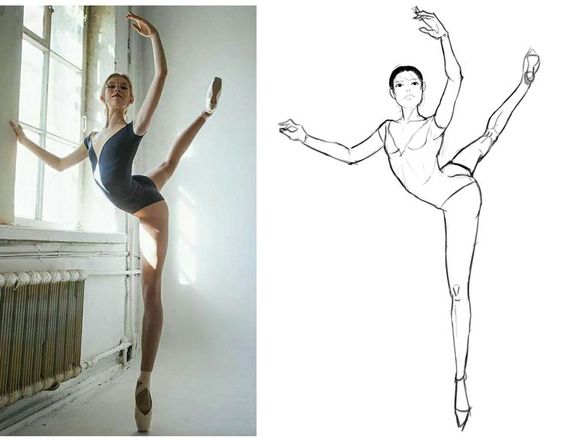
One way to do this is to experiment with different poses and angles, even if they are not directly referenced. This can add a sense of spontaneity and excitement to your artwork, making it more dynamic and engaging.
Overall, incorporating both references and imagination into your artwork can help you create pieces that are both fluid and dynamic, while also showcasing your own unique style and creativity.
- 36.6Kshares
- Facebook0
- Pinterest36.6K
- Twitter1


